The retail landscape has seen a seismic shift with the advent of hyper-personalization.
Retailers are now harnessing the power of big data, artificial intelligence, and machine learning to offer unparalleled customer experiences. This strategy is a win-win; it boosts customer satisfaction and loyalty while increasing retailers’ sales and efficiency.
What is hyper-personalization in retail?
Essentially, hyper-personalization in the retail sector involves deploying advanced technologies such as artificial intelligence (AI) and predictive analytics by retailers to preemptively understand and cater to customer preferences, often before the customers themselves realize what they want.

Image from Retalon
Echoing the philosophy of Steve Jobs: “It’s our responsibility to discern the future desires of our customers before they’re aware of them themselves. It’s a common scenario where customers are unaware of their wants until they’re presented with the options. Our challenge lies in interpreting the unwritten signals.”
Forbes explains how we have gone through a three-part evolution in E-commerce, resulting in the market becoming centered around ‘Connecting Goods With People.’ Essentially ‘Ecommerce 3.0.’ This growth has come from phases where people searched for goods; then goods searched for people. It has become key to drive relevancy for the customer by creating a connection between them and what they need through personalization.
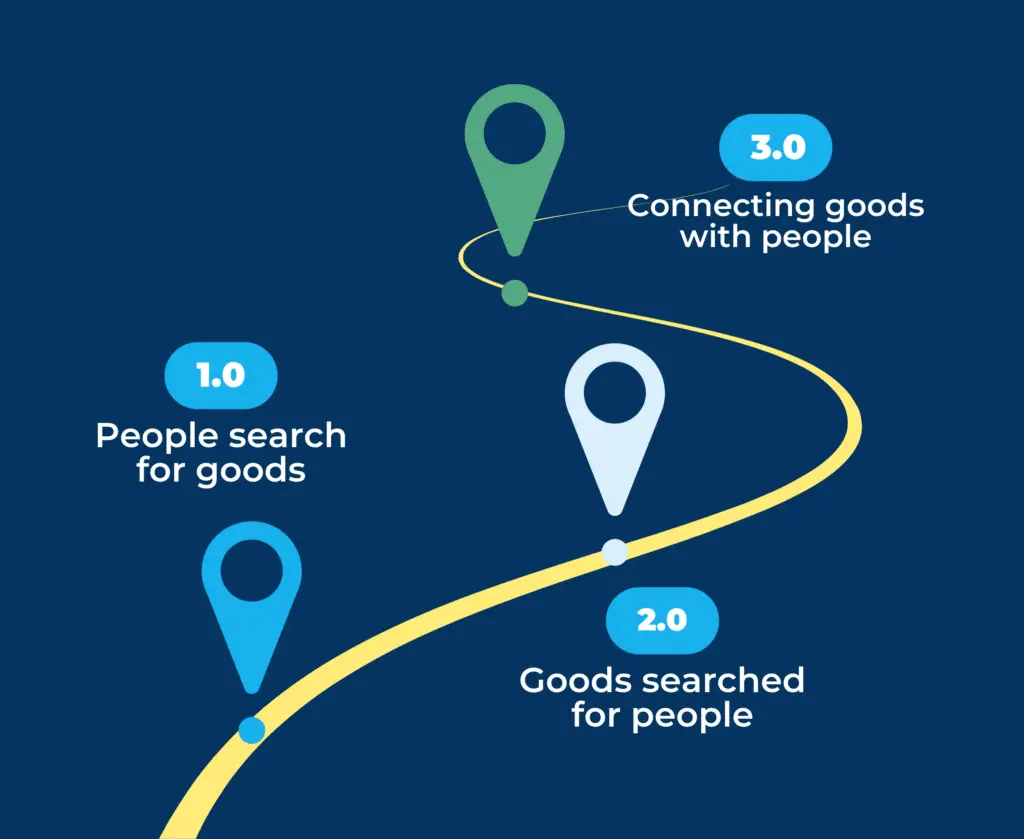
Innovations, key players, and the benefits of hyper-personalization
Several companies are at the forefront of this revolution. For instance, Amazon and Netflix have set high standards with personalized recommendations. Clothing retailers like Stitch Fix use algorithms and stylists to personalize clothing boxes based on customer preferences. In the beauty industry, companies like Sephora use augmented reality and data to offer personalized makeup recommendations.
The advantages of hyper-personalization are manifold. For retailers, it means higher conversion rates, increased customer loyalty, and a better understanding of consumer behavior. On the other hand, customers enjoy a more relevant, convenient, and satisfying shopping experience with recommendations and offers that resonate with their unique tastes and needs.
Hyper-Personalization in Action: Case Studies
Several retailers have successfully integrated hyper-personalization into their business models:
1. Amazon: Mastering Personalized Recommendations
Amazon has become synonymous with hyper-personalization, largely thanks to its sophisticated use of customer data to provide highly personalized product recommendations.
This strategy enhances the shopping experience by making it more relevant and convenient, significantly boosting customer engagement and sales. Amazon achieves this through complex algorithms that analyze vast data points, including browsing history, purchase history, and even items in the shopping cart or on wish lists. This data-driven approach allows Amazon to accurately predict customer preferences, leading to more effective cross-selling and upselling, thereby increasing the average order value.
Benefits:
- Enhanced customer satisfaction through tailored shopping experiences.
- Increased sales through effective recommendation engines.
- Higher customer retention rates by continuously meeting or exceeding expectations.
How They Do It:
- Utilizing machine learning algorithms to analyze customer behavior and predict future buying patterns.
- Employing big data analytics to process vast amounts of data in real-time.
- Continuously refining recommendation algorithms based on customer feedback and interaction data.
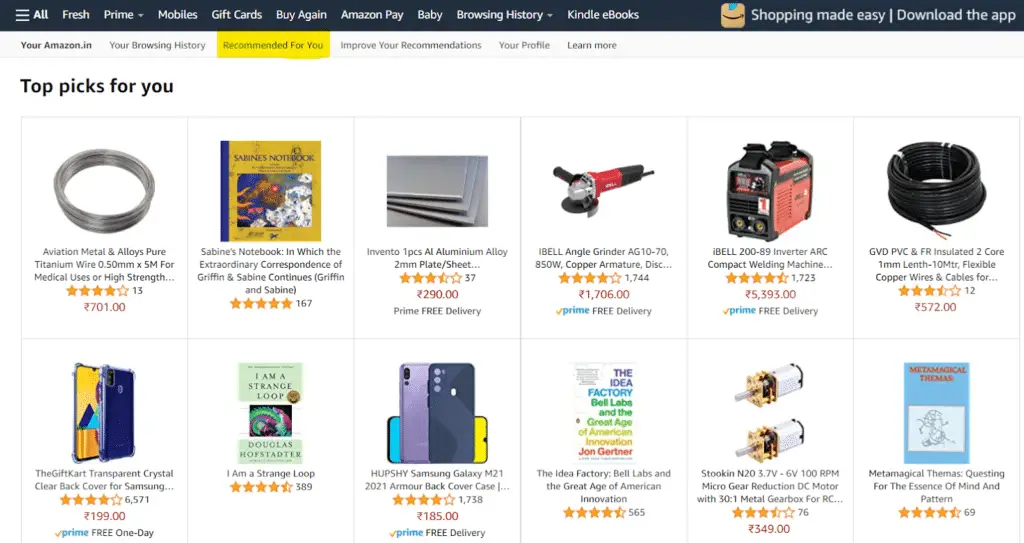
Image from argoid
2. Sephora: Augmented Reality for Personalized Makeup Trials
Sephora has revolutionized how customers choose makeup products by integrating augmented reality (AR) into their shopping experience. This technology allows customers to virtually try makeup, helping them make more informed decisions by seeing how products look on their faces before purchasing. This enhances the customer decision-making process and reduces the likelihood of returns and exchanges due to dissatisfaction. Sephora’s AR feature is powered by sophisticated facial recognition technology that accurately applies virtual makeup products to the user’s live image or photo in real-time.
Benefits:
- Improved customer satisfaction by providing a try-before-you-buy experience.
- Reduced returns and exchanges by enabling more accurate product selection.
- Enhanced engagement by offering an interactive and fun shopping experience.
How They Do It:
- Leveraging AR and facial recognition technologies to create realistic virtual try-on experiences.
- Integrating customer feedback to improve the accuracy and usability of the AR tool continuously.
- Offering a wide range of products in the virtual try-on feature to encourage exploration and discovery.
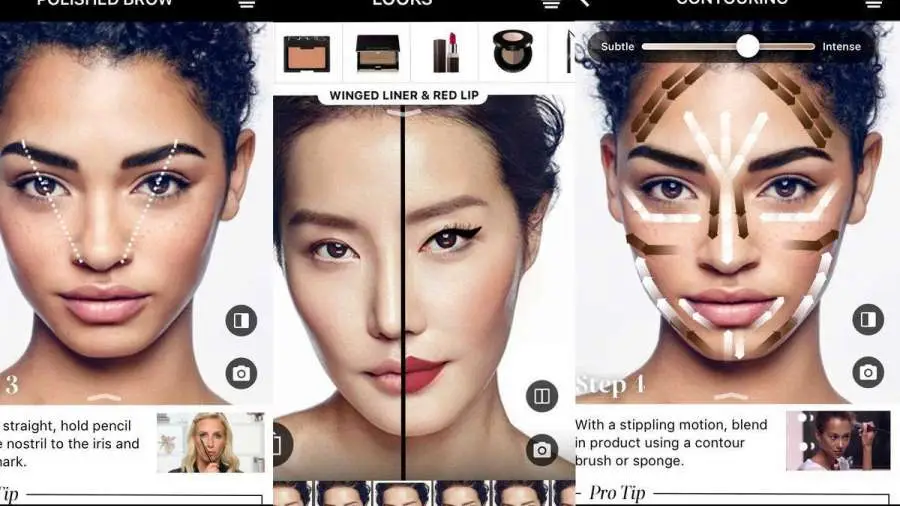
Image from Kalypso
3. Stitch Fix: Tailored Styling Services through Data Analytics
Stitch Fix takes personalization a step further by offering a personalized styling service that uses customer data to handpick clothing items according to individual preferences, sizes, and styles. This approach not only simplifies the shopping process for customers but also introduces them to products they might not have considered otherwise. Stitch Fix’s success lies in its combination of data science and human judgment; stylists use insights generated from customer data along with their expertise to select items that customers are likely to love.
Benefits:
- Personalized shopping experiences that cater to individual style preferences.
- Time-saving convenience by eliminating the need for customers to browse through countless products.
- Increased customer loyalty through highly personalized and thoughtful service.
How They Do It:
- Employing sophisticated data analytics to understand customer preferences and predict fashion trends.
- Combining the insights from data with the expertise of professional stylists to curate personalized selections.
- Gathering continuous feedback from customers to refine and improve the personalization process over time.
- These case studies illustrate the powerful impact of hyper-personalization in retail, showing how technology can be used to tailor experiences, enhance customer satisfaction, and drive business success.
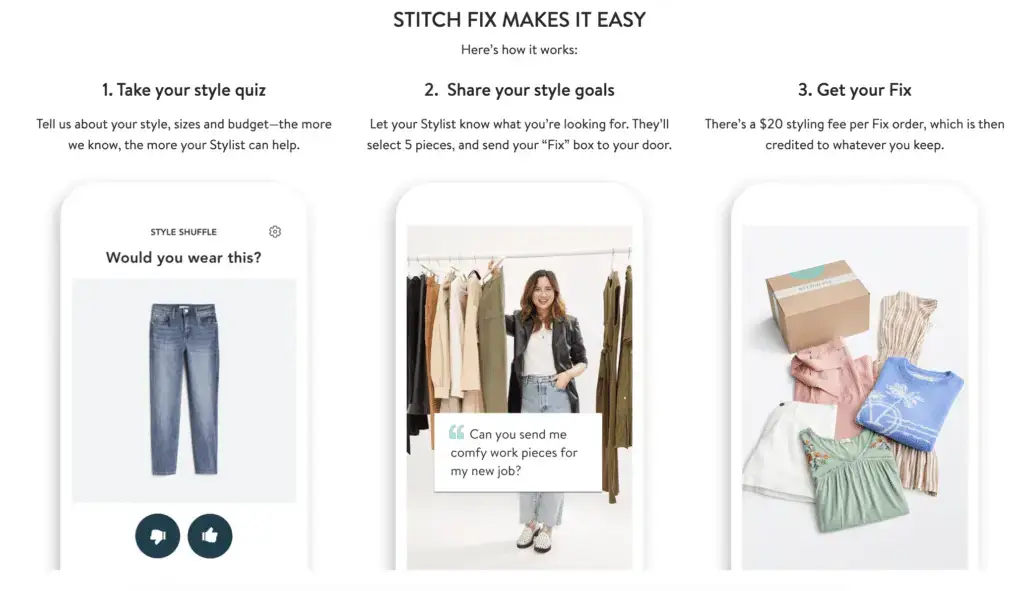
Image from stitchfix
Publitas and Hyper-Personalization
Publitas is incorporating hyper-personalization in its platform in various innovative ways:
Connecting to a Data Management Platform (DMP)
Publitas enables integration with a retailer’s DMP, allowing the sharing of customer intelligence. This data then dictates which products or pages to display, tailoring the digital catalog content to individual customer profiles.
User Interaction and Customization
The platform allows users to share personal preferences, like dietary needs, to customize catalog content. For instance, a user indicating a gluten-free preference will see only gluten-free options in the catalog.
Dynamic Product Feeds and Targeted Displays
The Publitas platform retrieves dynamic product feeds to ensure the content is always up-to-date. We define criteria to display different products to different individuals, making every customer experience unique.
Customer Data Integration
Customers can share information through platforms like Datatricks, allowing us to display products based on past purchases and enhance personalization. Customized rules and follow-up actions are developed based on user behavior.
Pop-ups for Product Highlighting
Publitas uses pop-ups within publications to draw attention to specific products, customizing them based on the customer’s journey, such as highlighting last-added items to the cart or previously clicked-on products.
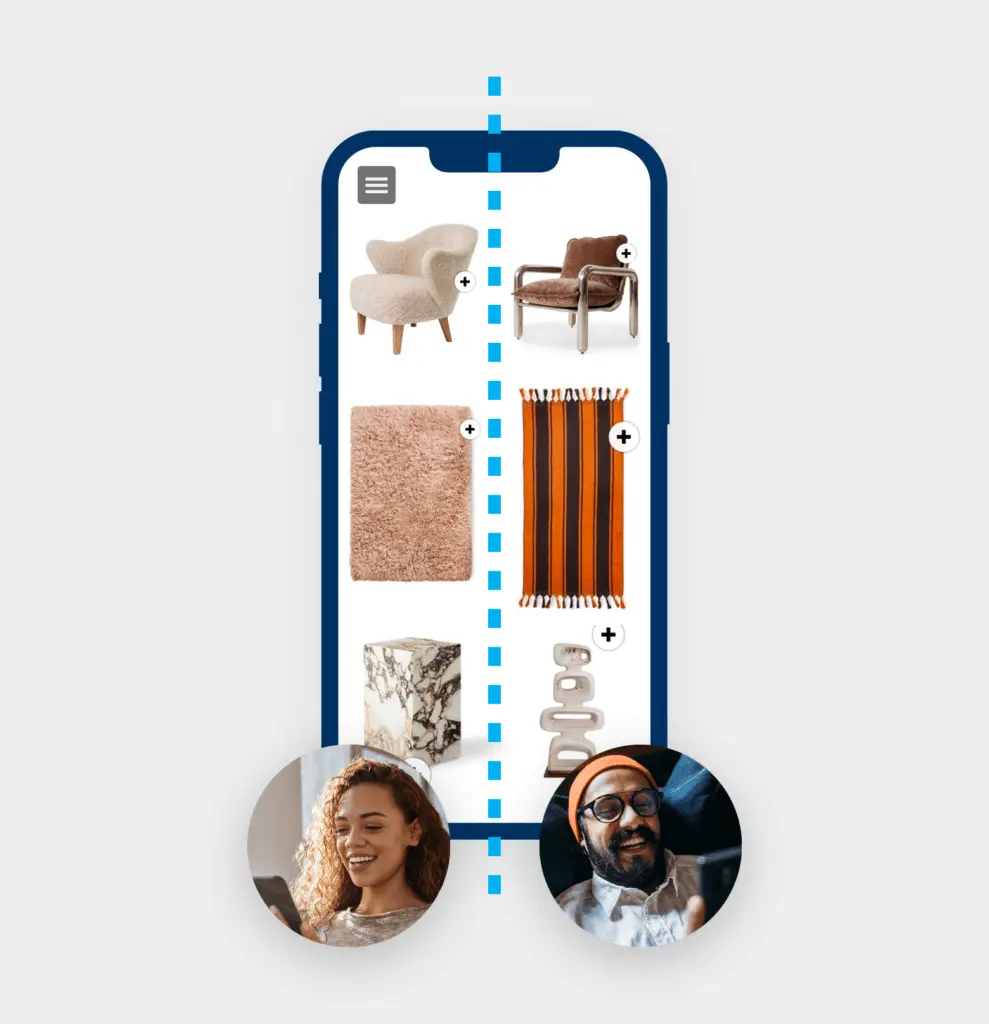
Not just a trend — hyper-personalization is here to stay
Hyper-personalization is not just a trend; it’s the future of retail. It’s an opportunity for retailers to create deep, meaningful connections with their customers. By adopting hyper-personalized strategies, businesses can transform their customer interactions in a scalable way, leading to increased loyalty and sales.
For retailers looking to stay ahead, embracing hyper-personalization is key. Consider how your business can integrate these strategies to offer a more personalized shopping experience. Explore solutions like Publitas that can help you step into this new era of retail. Remember, in hyper-personalization, every customer is unique; understanding this uniqueness is the key to success.
Interested in personalization for your online catalog?


